You are using an out of date browser. It may not display this or other websites correctly.
You should upgrade or use an alternative browser.
You should upgrade or use an alternative browser.
US Army - Lockheed Martin Long Range Precision Fires (LRPF)
- Thread starter Sferrin
- Start date
Scott Kenny
ACCESS: USAP
- Joined
- 15 May 2023
- Messages
- 11,623
- Reaction score
- 14,304
Depends entirely on battery commander's sense of humor or lack thereof.SMRF, aka the fighting Smurfs. If the SMRF battery commander isn't call signed Papa Smurf, I'm going to be so disappointed.
Besides, we all know that the real Papa Smurf is the battery Sergeant-Major.
- Joined
- 21 April 2009
- Messages
- 13,755
- Reaction score
- 7,691
Forest Green
ACCESS: Above Top Secret
- Joined
- 11 June 2019
- Messages
- 9,508
- Reaction score
- 17,401
Forest Green
ACCESS: Above Top Secret
- Joined
- 11 June 2019
- Messages
- 9,508
- Reaction score
- 17,401

BAE Systems’ LR-PGK: The superior Anti-Jam solution - Breaking Defense
Going the distance to defeat emerging jam threats.
Forest Green
ACCESS: Above Top Secret
- Joined
- 11 June 2019
- Messages
- 9,508
- Reaction score
- 17,401
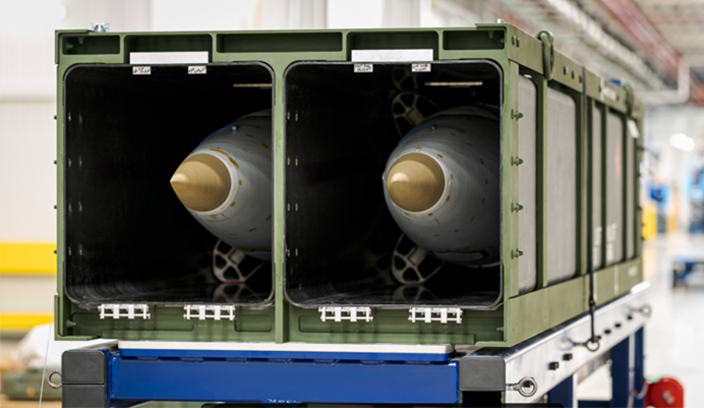
Lockheed Martin Awarded $219M to Produce Additional PrSM Units for US Army
Lockheed Martin began delivering long-range Precision Strike Missiles to the U.S. Army last year following numerous flight test successes.
View: https://x.com/LMNews/status/1765519696642576520?s=20
Forest Green
ACCESS: Above Top Secret
- Joined
- 11 June 2019
- Messages
- 9,508
- Reaction score
- 17,401

To win battles of information, the US Army will need deep sensing and data handling
The service wants to use sensors to "see" across the larger distances expected for future battles. And deeper sensing makes more data to process and understand.www.c4isrnet.com
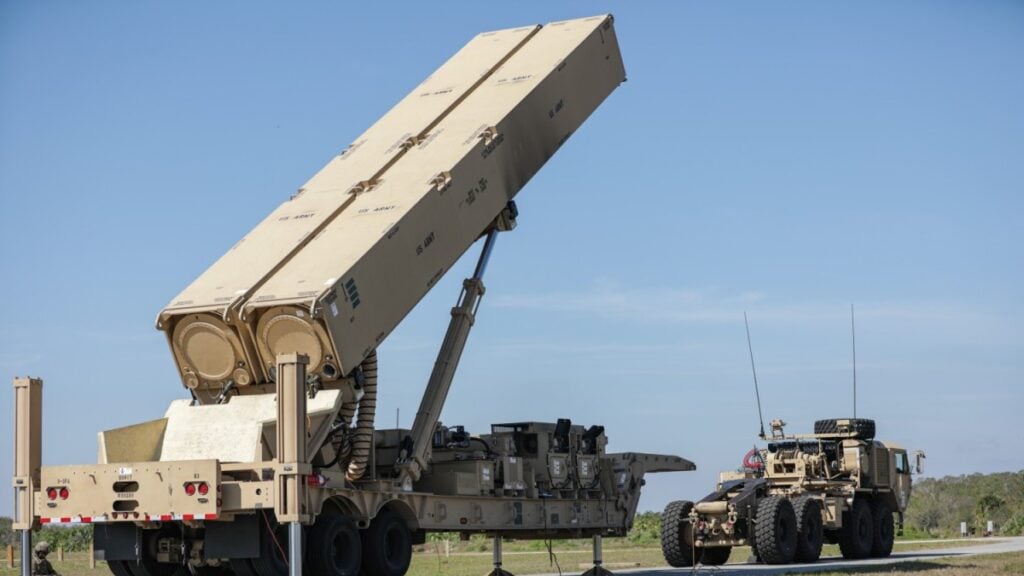
Going long: Army to unveil new 'deep sensing' cross-functional team - Breaking Defense
In the meantime, the service anticipates the return of delayed Dark Eagle hypersonic testing this summer, acquisition chief Doug Bush said.
- Joined
- 21 April 2009
- Messages
- 13,755
- Reaction score
- 7,691
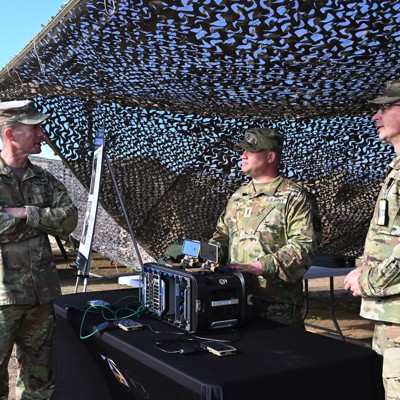
Targeting time shrinks from minutes to seconds in Army experiment
The latest edition of Project Convergence streamlines processes and adds new tech.
Forest Green
ACCESS: Above Top Secret
- Joined
- 11 June 2019
- Messages
- 9,508
- Reaction score
- 17,401
jsport
what do you know about surfing Major? you're from-
- Joined
- 27 July 2011
- Messages
- 7,732
- Reaction score
- 5,750
US Army preps for TITAN ground station experimentation
US Army officials are preparing to implement a full-scale experimentation plan for new ground stations designed for the Tactical Intelligence Targeting Access Node...www.janes.com
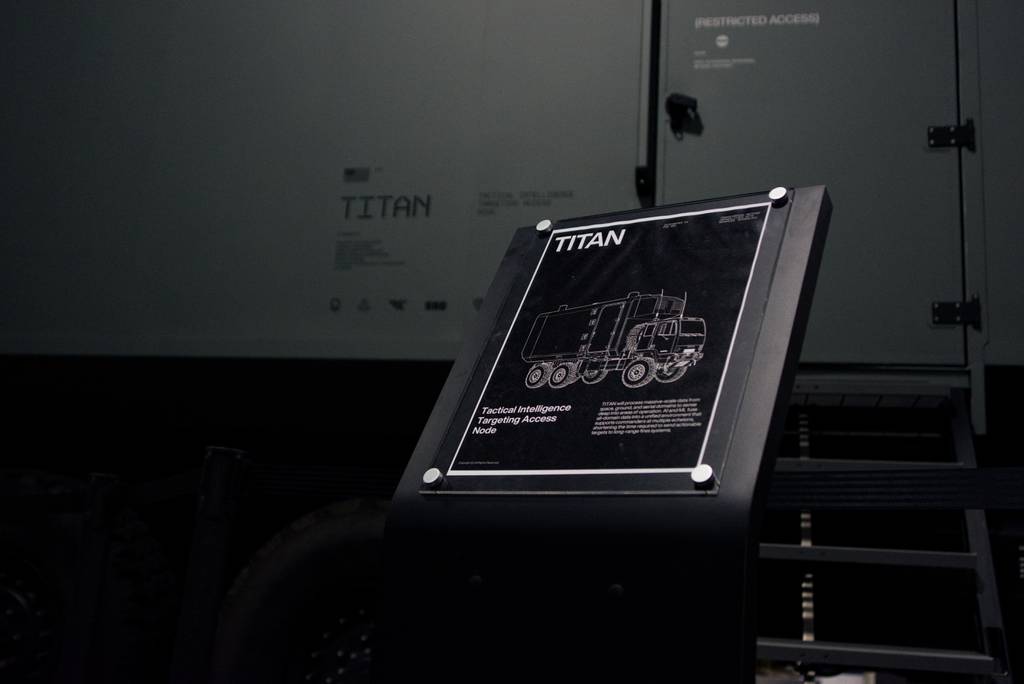
Army chooses Palantir to build next-generation targeting system
Under the $178 million deal, Denver-based Palantir will deliver 10 TITAN ground stations over the next two years.
- Joined
- 21 April 2009
- Messages
- 13,755
- Reaction score
- 7,691

Army Gets 120mm 'Nemo' Mortar Turret Toting Armed Vehicle Prototype
An armored vehicle with the Finnish NEMO mortar turret is a major capability boost over anything in the Army's inventory today.
yeetmahboi
ACCESS: Secret
- Joined
- 6 April 2022
- Messages
- 491
- Reaction score
- 601

Army Gets 120mm 'Nemo' Mortar Turret Toting Armed Vehicle Prototype
An armored vehicle with the Finnish NEMO mortar turret is a major capability boost over anything in the Army's inventory today.www.twz.com
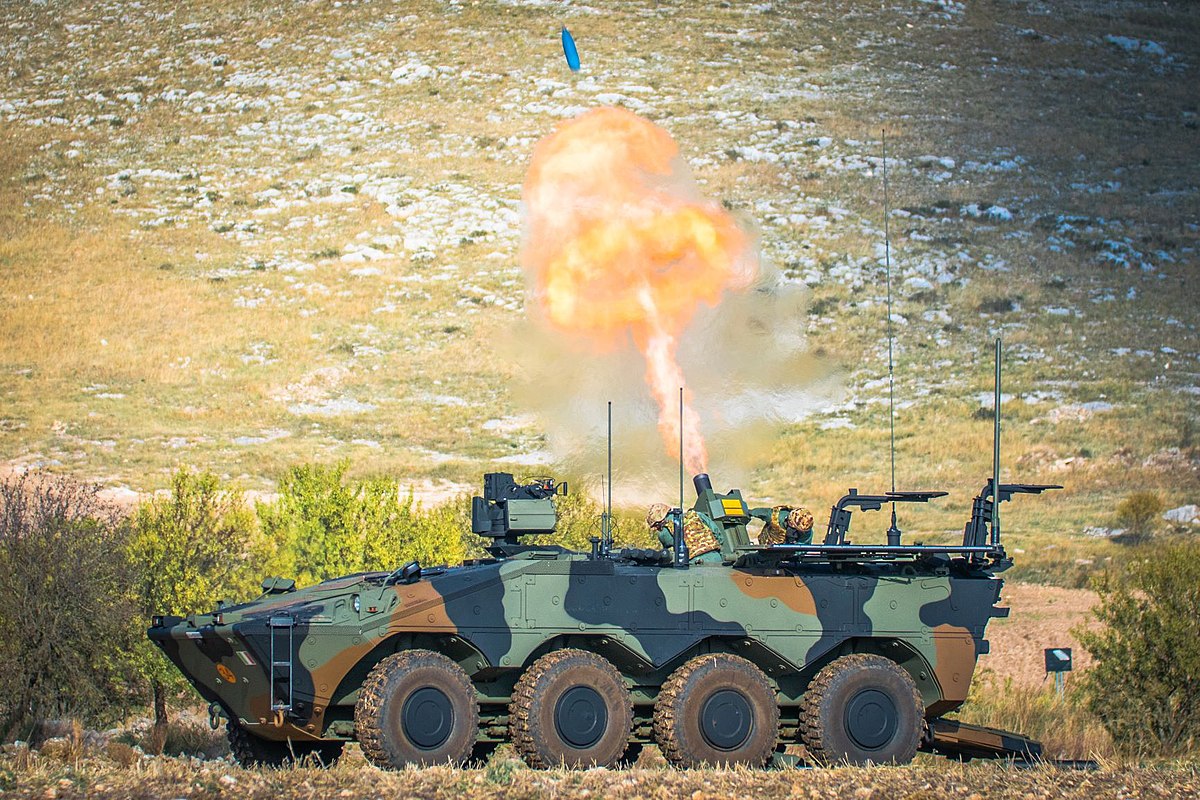
2R2M mortar - Wikipedia
Also, I have yet to see what the NEMO could offer, aside from the fire rate, that could be a major improvement to the US Army's artillery force. The main constraint is range and networking. AFATDS and new shells would solve this.
Now if they could get to trial a containerized NEMO system and then move up to an UGV hull it could be a major improvement. Mass fielding new unmanned SPGs would some alot of the back pain problem.
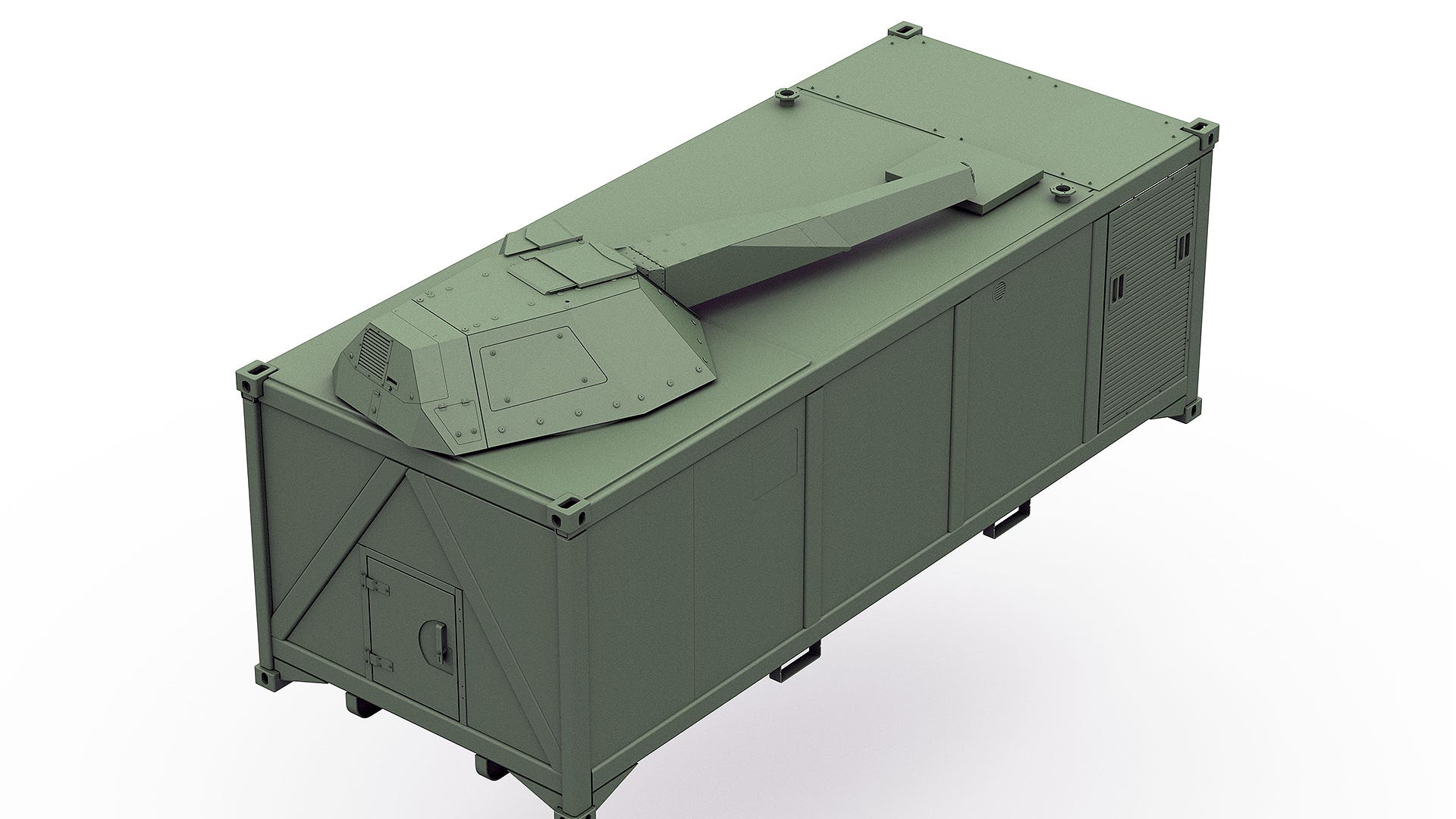
This 120MM Gun Built Into A Shipping Container Is Pretty Damn Genius
Need a close-in surface defense system that can also be a gun turret to defend your land base? You're in luck!
isayyo2
Lurker alert
- Joined
- 24 November 2011
- Messages
- 1,131
- Reaction score
- 2,330
Fire rateAlso, I have yet to see what the NEMO could offer, aside from the fire rate, that could be a major improvement to the US Army's artillery force.
Overhead protection
Crew reduction
Direct fire capability
Containerized NEMO on a crew-optional platform or UGV sounds quite enticing!Now if they could get to trial a containerized NEMO system and then move up to an UGV hull it could be a major improvement.
Forest Green
ACCESS: Above Top Secret
- Joined
- 11 June 2019
- Messages
- 9,508
- Reaction score
- 17,401

Army Gets 120mm 'Nemo' Mortar Turret Toting Armed Vehicle Prototype
An armored vehicle with the Finnish NEMO mortar turret is a major capability boost over anything in the Army's inventory today.www.twz.com
I watched that video earlier today and it occurred that it would be handy for the Ukrainians and the Russian troops would hate it.
- Joined
- 21 April 2009
- Messages
- 13,755
- Reaction score
- 7,691

US Army scraps Extended Range Cannon Artillery prototype effort
The Army is changing directions in its effort to field a long-range cannon, scrapping its 58-caliber prototype in favor of considering available systems.

US Army scraps Extended Range Cannon Artillery prototype effort
The Army is changing directions in its effort to field a long-range cannon, scrapping its 58-caliber prototype in favor of considering available systems.www.defensenews.com
Unsurprising. Barrel life was reportedly abysmal. I wonder if it won’t make more sense to replace the existing M109A7 barrels with something slightly longer and leave it at that? The newer ammunition types would also extend range. Let HIMARS do the rest.
Alternatively just buy the ROK/Polish systems off the shelf if a longer range, higher RoF system is required at the artillery brigade level.
- Joined
- 16 April 2008
- Messages
- 9,605
- Reaction score
- 14,493
Unsurprising. Barrel life was reportedly abysmal. I wonder if it won’t make more sense to replace the existing M109A7 barrels with something slightly longer and leave it at that? The newer ammunition types would also extend range. Let HIMARS do the rest.
Alternatively just buy the ROK/Polish systems off the shelf if a longer range, higher RoF system is required at the artillery brigade level.
If that AGM/Donar turret can fit on a Boxer, surely it can fit on an M109 chassis. Or maybe standardize on the MLRS chassis.
- Joined
- 4 July 2010
- Messages
- 2,514
- Reaction score
- 3,091
Rheinmetall and BAE have recently demonstrated M109-52, a M109 with PZH2000's gun. Combined with the ramjet and/or subcaliber ER projectiles, there's a much MUCH more affordable path now for stretching Army howitzer ranges.
- Joined
- 16 April 2008
- Messages
- 9,605
- Reaction score
- 14,493
Rheinmetall and BAE have recently demonstrated M109-52, a M109 with PZH2000's gun. Combined with the ramjet and/or subcaliber ER projectiles, there's a much MUCH more affordable path now for stretching Army howitzer ranges.
I thought I remembered that. Probably the most likely option.
If that AGM/Donar turret can fit on a Boxer, surely it can fit on an M109 chassis. Or maybe standardize on the MLRS chassis.
A7 version is a Bradly chassis/engine already I believe, so same I think as M270.
- Joined
- 16 April 2008
- Messages
- 9,605
- Reaction score
- 14,493
A7 version is a Bradly chassis/engine already I believe, so same I think as M270.
Engine, transmission, and tracks grafted into the existing M109 hull. So yes, most of the bits that actually need replacement or maintenance regularly. Not sure if the suspension is also Bradley, which would be the last major part that isn't unique to the howitzer.
Last edited:
- Joined
- 3 June 2011
- Messages
- 18,335
- Reaction score
- 12,232
Of course they did. Business as usual.
US Army scraps Extended Range Cannon Artillery prototype effort
The Army is changing directions in its effort to field a long-range cannon, scrapping its 58-caliber prototype in favor of considering available systems.www.defensenews.com
Of course they did. Business as usual.
It did not work and filled no useful role.
EDIT: to expand on the above, not only was barrel life rather hopeless low* (re: it did not work), I suspect the experience in the Ukraine changed what the US Army is looking for in a corps level artillery platform. Two things come to mind: ERCA had no auto loader, so it was still a step backward when compared to most of the donated SPHs used in Ukraine. Also at the ranges that ERCA would be used, a tracked platform is probably a liability: the HIMARS units are much more mobile over long distances than a tracked unit. So if the US Army really wants independent artillery brigades for deep strikes, a road mobile platform with a higher rate of fire is probably superior even with reduced range.
*I think one article I read indicated in the low to mid hundreds of rounds
Last edited:
Well, I guess it won't be a problem for Bae Systems/Rheinmetall to turn an L52 into an L58, or am I wrong?
Forest Green
ACCESS: Above Top Secret
- Joined
- 11 June 2019
- Messages
- 9,508
- Reaction score
- 17,401
I think L52 is about optimal TBH.Well, I guess it won't be a problem for Bae Systems/Rheinmetall to turn an L52 into an L58, or am I wrong?
- Joined
- 4 July 2010
- Messages
- 2,514
- Reaction score
- 3,091
Ze Germans have looked at an L60 with a huge supercharge already, I don't know how far down the development track they've gone. But they've already demonstrated over 65km with the L52, combined with the ramjet or hypervelocity round that's already a massive step up. And, unlike the limited buy planned for ERCA, the M109-52 could potentially become an upgrade for the majority of the Army's units.Well, I guess it won't be a problem for Bae Systems/Rheinmetall to turn an L52 into an L58, or am I wrong?
Scott Kenny
ACCESS: USAP
- Joined
- 15 May 2023
- Messages
- 11,623
- Reaction score
- 14,304
Especially if the 52cal barrel needs no other changes (or only needs a new counterweight behind the trunnions). Swap in the long barrel when the next tube replacement is scheduled to occur.Ze Germans have looked at an L60 with a huge supercharge already, I don't know how far down the development track they've gone. But they've already demonstrated over 65km with the L52, combined with the ramjet or hypervelocity round that's already a massive step up. And, unlike the limited buy planned for ERCA, the M109-52 could potentially become an upgrade for the majority of the Army's units.
Ze Germans have looked at an L60 with a huge supercharge already, I don't know how far down the development track they've gone. But they've already demonstrated over 65km with the L52, combined with the ramjet or hypervelocity round that's already a massive step up. And, unlike the limited buy planned for ERCA, the M109-52 could potentially become an upgrade for the majority of the Army's units.
I am not disagreeing.
But also, this army request is about corps level, not every howitzer. So a lot of options might be possible.
Firefinder
ACCESS: Top Secret
- Joined
- 5 October 2019
- Messages
- 1,048
- Reaction score
- 1,898
The Erca wasnt every howitzer either.I am not disagreeing.
But also, this army request is about corps level, not every howitzer. So a lot of options might be possible.
If you took the time to look at the plan lay out of the ERCA you see there was only to be 1 battery of ERCA per 2-4, division type depending, for the older 39 cal.
The ERCA was to be the unit's long range swing hitter focus on counterfires and priority targets you cant wait for other types like Tac Air or MLRS to roll up to hit. The 39 cal guns would continue to be the main workhorse general do alls as they are.
And speaking as a former counterfire radar operator and specialist that division of responsibility is sorely needed ability. Cause theres so many situations were a FDC has to decide which mission to exacute due to priorities its not funny.
Do you take out the enemy radars or target the supply dump? Or maybe a line unit has a no shit need for support while another being hammer by arty themselves? Or maybe you find out that the general is at an location just in range? Or all of the above?
Thats not the type of issue where having more guns would not fix. Thats due to basically the old saying of, If all you have is a hammer, being in effect.
Having a clear line of responsibility hammer in by capabilities is the best fix for that.
As is the current 52 cal guns do have a barrel wear issue themselves when going for max ranges. Something like 1200 to the 39 3000 to the ERCA 800-900.
When you trying to punt a full size shell at near Tank APFSDS speeds, expect that type of wear.
Forest Green
ACCESS: Above Top Secret
- Joined
- 11 June 2019
- Messages
- 9,508
- Reaction score
- 17,401
donnage99
ACCESS: Top Secret
- Joined
- 16 June 2008
- Messages
- 1,355
- Reaction score
- 868
scrap the niche to purposeless boost glide missiles (too small number and expensive to justify most targets out there. not to mention entire new training and logistical chain) and use that money to buy even more proven missiles that already fit in our current doctrine. No single country on earth can handle a mass attack by what's in our arsenal now or near future so just buy more.Add a zero
Forest Green
ACCESS: Above Top Secret
- Joined
- 11 June 2019
- Messages
- 9,508
- Reaction score
- 17,401
Scott Kenny
ACCESS: USAP
- Joined
- 15 May 2023
- Messages
- 11,623
- Reaction score
- 14,304
I don't think a PrSM is a boost-glider. Well, not a hypersonic BGV like on ARRW, just the typical Pershing-1 level of Mach 5-8 as it climbs and then it drops ballistically after burn-out.scrap the niche to purposeless boost glide missiles (too small number and expensive to justify most targets out there. not to mention entire new training and logistical chain) and use that money to buy even more proven missiles that already fit in our current doctrine. No single country on earth can handle a mass attack by what's in our arsenal now or near future so just buy more.
I don't think a PrSM is a boost-glider. Well, not a hypersonic BGV like on ARRW, just the typical Pershing-1 level of Mach 5-8 as it climbs and then it drops ballistically after burn-out.
I believe what he is saying is that boost/glide missiles are too expensive for what capability they provide and that shorter ranged aeroballistic missiles provide much better value.
Scott Kenny
ACCESS: USAP
- Joined
- 15 May 2023
- Messages
- 11,623
- Reaction score
- 14,304
Considering that we can get working BGVs right now and air-breathing hypersonics don't seem to be working so well, I'd rather get a small number of BGVs as the temporary solution till the air breathers are working.I believe what he is saying is that boost/glide missiles are too expensive for what capability they provide and that shorter ranged aeroballistic missiles provide much better value.
Considering that we can get working BGVs right now and air-breathing hypersonics don't seem to be working so well, I'd rather get a small number of BGVs as the temporary solution till the air breathers are working.
I was not aware there were any problems with air breathing hypersonics, though I agree the LRHW should be put into service. I do not think they will ever exist in sufficient number to be decisive, but they still represent a nearly unstoppable capability against very high value targets. The ARRW on the other hand does not seem to really fill a useful niche; it requires B-52s to carry a non useful number of them in lieu of other long range payloads. HACM is the real winning technology, longer run.
Similar threads
-
-
-
Army Wants 'Air Droppable' Light Tank & Ultra-Light Vehicles
- Started by bobbymike
- Replies: 740
-
-
Lockheed Martin Gibbs amphibious vehicle concepts
- Started by Triton
- Replies: 13
